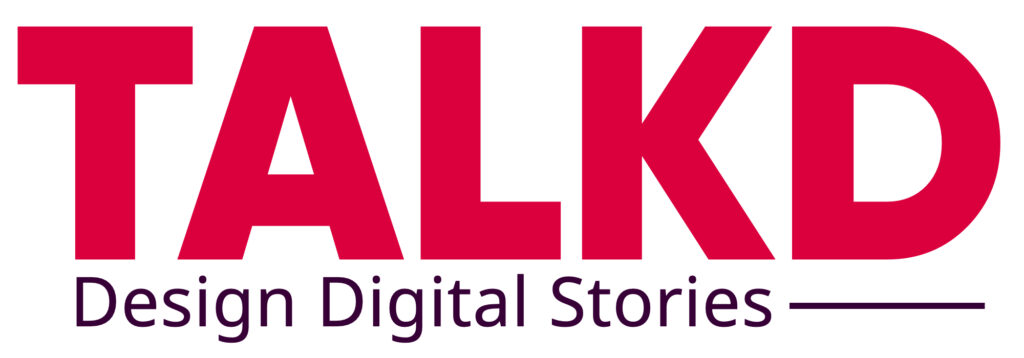
A 2-minute ‘Reality’ Check!
Continuing along our last week’s blog on VR and other immersive techs, this week we try to find answers to the questions posted in the previous discussion. You can revisit part 1 of the blog here. (https://bit.ly/2qJ52ot)
When technology isn’t enough, technique comes in handy
VR Peripherals are expensive, fine. But what if you could provide an experience ‘like’ a VR view? That’s right, techniques like YouTube 360, FaceBook 360 offer a brilliant and interactive experience sans the VR Goggles. These supporting platforms retain the VR version and also provide a web version accessible easily through any decent laptop desktop or even cell phone.
Brands are not clear about VR, research can help you understand
Before jumping onto the VR bandwagon, as a brand you should be clear whether you need it in the first place. The classic dilemma is of Utility vs. Experience. Ikea, for example, implemented an approach that facilitated users to ‘try out’ the furniture before buying. However as mentioned in the previous blog, an insurance provider might not necessarily need a VR tool.
The Case of costly investments can be solved by a cost-effective approach
It’s a classic case of high quality vs. high cost. The golden mean can be achieved by carefully considering the required team size, real estate, equipment, and scope. Bear in mind, you won’t need to compromise on the quality here. Rather, your final output would be smart and crisp. While designing the VR view for our office, we concentrated on taking the viewer through the relevant areas, rather than providing an end-to-end 360-degree experience.
Content-the Key that can unlock infinite possibilities
The simpler your content to digest, the better your chances of ensuring engagements. Building user-driven content is not an easy task, but it isn’t rocket science either. Narrations, graphical indicators, personas, and other visual elements make VR simple to follow and experience. Coupling it with on-screen interactions like virtual stickers and augmented reality objects will amplify the interest levels of users.
VR may not be the final frontier in immersive tech, but it definitely is a must-have for experiential marketing. We are looking at a whole new level of tech-driven strategies like VR and AR which will erase the physical boundaries posed by conventional marketing. This definitely, is the future of interactive marketing.



